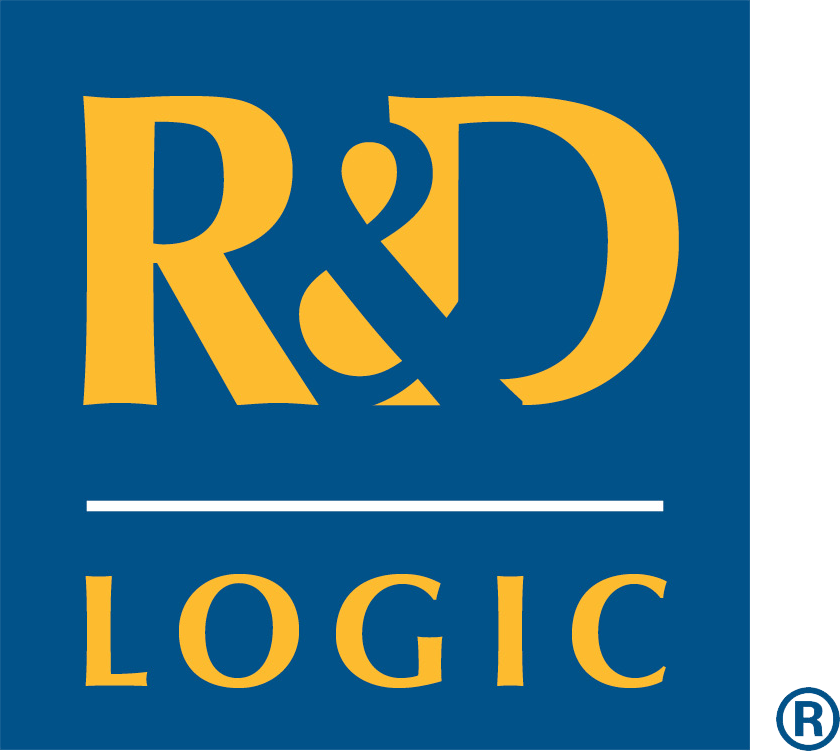Five Keys to Efficient R&D Budgets & Forecasts
Creating new knowledge is an uncertain business, but it is the business of science. Moreover, even when a scientist or engineer develops knowledge that's interesting, it may or not be commercially useful.
In an R&D-intensive environment, budgeting and forecasting are part of telling the difference between an interesting and a (commercially) useful R&D project. However, they are most useful when you can quickly assess and reassess several scenarios, because a project that may seem commercially useful today could run into a dead end tomorrow. The cost of getting it back on the scientific track may defeat the purpose of pursuing it—due to, for example, the potential return being much greater than the required investment.
That's where the budgets and forecasts deliver critical information—because the sooner you can pull the plug on a project that wont deliver real value, the better. In other words, efficient budgeting and forecasting capabilities can save an R&D-intensive company considerable resources, both human and financial. How do you achieve this efficiency?
Manually collecting and updating data for several versions of budgets and forecasts is time-consuming—as is project- and department-centric reporting to those who will have to make a decision. The solution is to automate the activity- or project-related data collection, keep the financial analysis inextricably linked to this data at all times, and streamline the reporting. To do this, you need to look for 5 key functionalities:
simultaneous project and corporate views – though you might be looking at a particular project, you need to simultaneously assess or reassess the implications any change in the project budget will have on the budgets of the several departments involved.
direct connectivity with your data – if you are budgeting and forecasting within a platform that is directly connected to your ERP, HR and project management systems, you can focus on scenario-building instead of data collection, updating and, most importantly, integrity.
preconfigured business rules – if you are budgeting and forecasting within a platform that can quickly incorporate the different business rules used for each project, you don't have to reconfigure your Excel spreadsheets to accommodate them.
built-in best practice methodologies – the flexibility of Excel also means that it's up to you to ensure that your budgeting and forecasting is up-to-date on the latest best practices in the industry. Whatever budgeting and forecasting platform you use should incorporate these methodologies, so that you can focus on the analysis.
matrix reporting – the budgets and forecasts will have to be shared with both department and project-focused people, scientists and business people, so you need a platform from which you can quickly extract whatever perspective is required for each manager or decision maker.
Any software platform expected to deliver efficient R&D budgets and forecasts should deliver on these 5 key points.
Science is expensive. The more efficiently you can budget and forecast, the quicker you can provide people with the information they need to manage priorities in the R&D pipeline.
